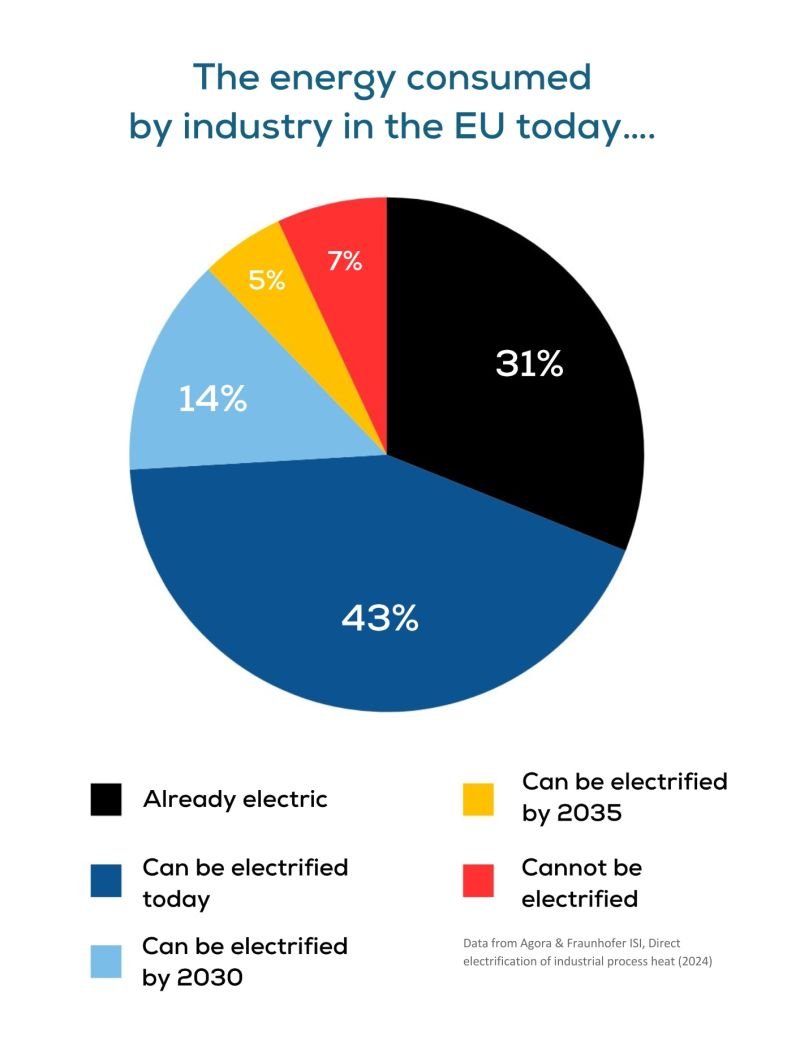💡 If PORTUGAL, represented by the Ministério do Ambiente e Energia and by DGEG – Direção Geral de Energia e Geologia, wants more electrification and wants more consumers to choose that path, and in order to increase it, has to increasing Renewable Energy penetration, but there is a choice that has to be made, and from which source of Renewables:
1️⃣ Increase Solar PV and Onshore Wind projects, with a potential still to explore, with lower LCOE, not burdening consumers, or
2️⃣ Floating Offshore Wind Projects, with high CfDs prices: The Portuguese PNEC 2030 includes 2 GW of offshore wind by 2030. The offshore wind roadmap assumes 3,800 operating hours per year. If the price were €170/MWh, the annual extra cost, assuming the base electricity cost remains at €63/MWh as in 2024, would be: 2,000 MW x 3,800 hours x (€170 – €63) = €813.200.000 per year. 🚧 ⚠️ 813 MEur/year, to aggravate the Tariffs Deficit
🖥️ To attract electro intensive industries and AI data centers, a country cannot increase the electricity costs and aggravate the tariffs deficit, which its what going to happen if the choice its Floating Offshore Wind
Portugal needs to finally push properly and conclude the 14 GW of Direct Agreements with the TSO REE – “Termos de Referência” projects, if it wants to really honour the PNEC 2030, because the transmission infrastructure takes 6-7 years to complete, and the environmental permits and other sectorial permits are also way more advanced in these projects, that come initially from 2019., and Floating Wind Offshore has not even yet started…
🎯 The Choice its simple let’s not complicate it…

